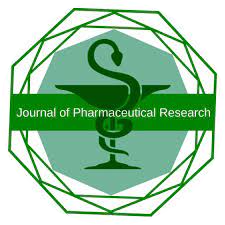


Journal of Pharmaceutical Research
Year: 2025, Volume: 24, Issue: 3, Pages: 161–165
Original Article
Henry Wicaksono1,∗, Alit Utamayasa1, Mahrus Abdur Rahman1, Taufiq Hidayat1
1Department of Child Health, Faculty of Medicine, Universitas Airlangga / Dr. Soetomo General Hospital, Surabaya, East Java, Indonesia
*Corresponding Author
Email: drhenrywicaksonospa@gmail.com
Heart failure is major contributor to morbidity and mortality in children with congenital heart disease (CHD). Recently heart failure’s progression is often associated with oxidative stress. Superoxide dismutase (SOD) is first line antioxidant of defense against superoxide anion. Catalase (CAT) breaks down hydrogen peroxide into water and oxygen molecules which complements previous detoxification carried out by SOD. The objective of the study is to compare the differences of SOD and CAT levels in acyanotic CHD patients between those with and without heart failure. A case-control study was conducted on three to ten years old children with a left-to-right shunt acyanotic CHD with and without heart failure in the Pediatric Cardiology outpatient clinic, ward, and emergency room of Dr. Soetomo Hospital Surabaya from March-June 2023. Echocardiography was used to establish the CHD, while Pediatric Heart Failure Score (PHFS) criteria was used to asses heart failure. T-test was undertaken for analyzing the difference between both groups. The total samples were 41 children, consisted of 29 subjects in the case group (CHD with heart failure) and 12 subjects in the control group (without heart failure). The level of SOD in CHD with heart failure was lower (74.670+15.705) than those without it (109.163+3.111) (p<0.05). In contrast, CAT level in CHD with heart failure was higher (25.895) than those without it (13.976) (p<0.05). There was a significant difference of SOD and CAT levels in acyanotic CHD between those with and without heart failure.
Keywords: Acyanotic CHD, Antioxidant, CAT, Children, Heart failure, Oxidative stress, SOD
© 2025 Published by Krupanidhi College of Pharmacy. This is an open-access article under the CC BY-NC-ND license (https://creativecommons.org/licenses/by-nc-nd/4.0/)
Subscribe now for latest articles and news.